LYMPHEDEMA TREATMENT AND CARE
EXPERT LYMPHEDEMA TREATMENT
AT ADVANCED PHYSICAL THERAPY
At Advanced Physical Therapy, we understand the challenges you face if you have lymphedema, but you're not alone. Our team of professionals is here to provide phenomenal care that focuses on your health and well-being. We're dedicated to helping you manage your lymphedema effectively and guiding you toward a lifestyle that works for you.

What is Lymphedema?
Lymphedema is the abnormal buildup of fluid in specific areas of the body, commonly observed in the arms or legs, although it may also manifest in the abdomen and genital regions.
The lymphatic system collects extracellular/interstitial fluid, transforming it into lymphatic fluid, and transports it back into the bloodstream for eventual elimination.
When this drainage process is hindered, fluid accumulates in the tissues, resulting in swelling.
Lymphedema Treatment
Lymphedema is a condition that progresses over time, yet early intervention can effectively manage it. Even moderate to severe swelling can be alleviated and controlled. Failure to seek treatment can increase the risk of cellulitis, skin tissue thickening (fibrosis), elephantiasis, exacerbation of swelling, skin issues such as drying, cracking, flaking, and non-healing wounds. Lymphedema treatment includes Manual Lymphatic Drainage, Compression (multi-layer compression bandaging and/or compression garments), thorough Skin Care, and Decongestive Exercises.
Lymphedema Therapy
A Certified Lymphedema Therapist (CLT) proficiently alleviates swelling and supports patients in effectively managing their Lymphedema. The therapist customizes a plan tailored to meet each patient's unique needs. Olivia McKee, our Lymphedema Specialist at Advanced Physical Therapy, provides care to patients in the Little Rock area and beyond, serving individuals from various parts of Arkansas.
WHAT ARE THE DIFFERENT TYPES OF LYMPHEDEMA?
Primary Lymphedema is when swelling is caused by a malformation in the structure of the lymphatic system. Swelling may present at birth or it may occur later in life when the lymphatic system can no longer manage the demands placed on it.
WHAT ARE LYMPHEDEMA SYMPTOMS?
Symptoms IN LEGS may include:
- Chronic swelling in ankles or feet
- Needing to change shoe size and/or style of shoes to fit swollen feet
- Sock tops “dig into” legs
- “Cankles”
- “Weeping”
- Dry, flaky, scaly skin
- Dark brown “staining” in the lower legs
- Venous stasis ulcers
- Cellulitis
- History of DVT
- Symptoms IN ARMS may include:
- Heaviness
- Swelling
- Pain or discomfort at rest or with movement
- Clothing or jewelry fits tighter on affected arm
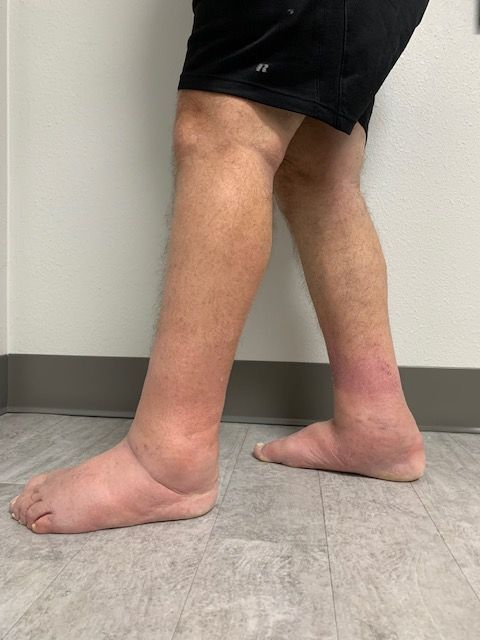
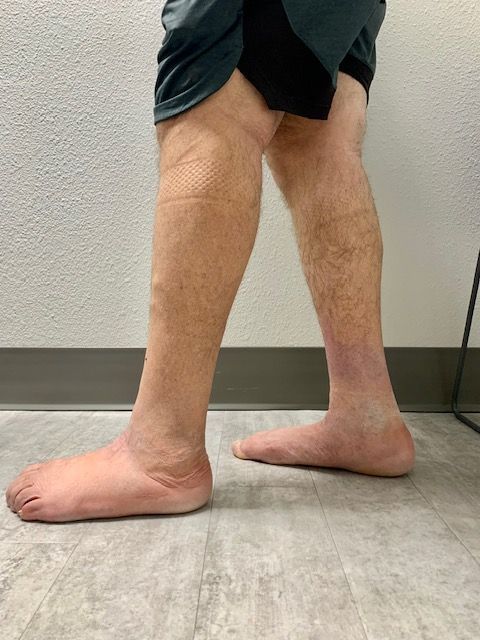
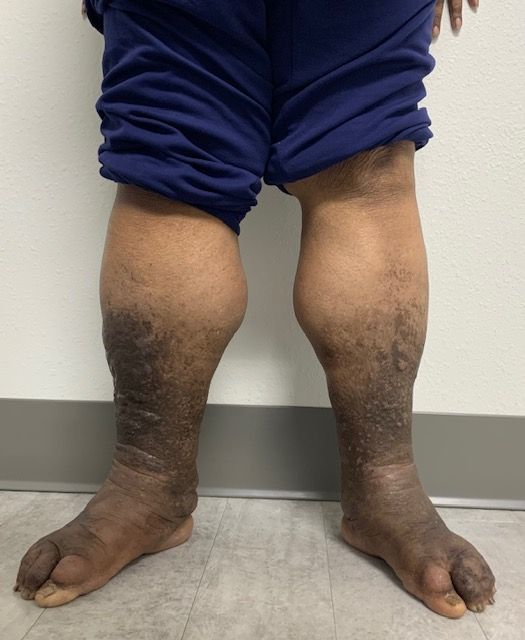
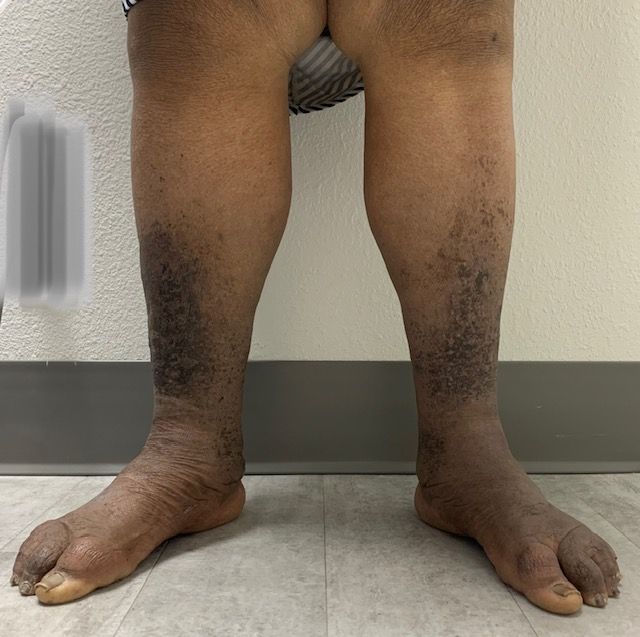
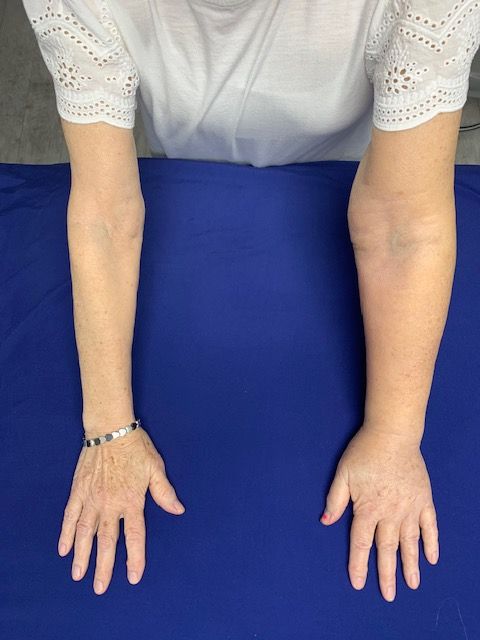
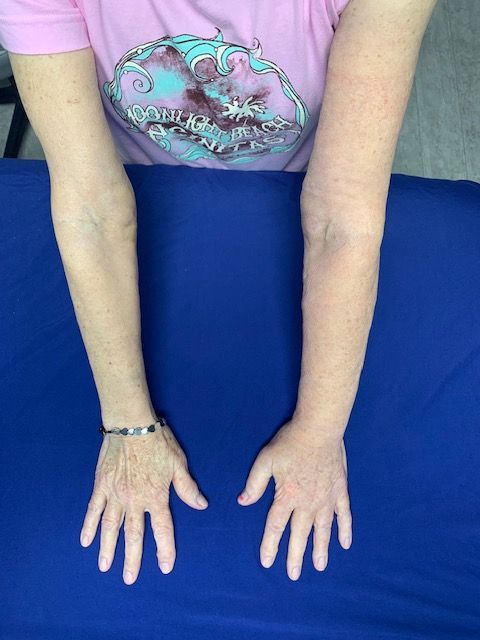
OUR MISSION
At Advanced Physical Therapy of Little Rock, North Little Rock, and Benton, our focus is on providing patient-centered, outcome oriented and scientifically based treatment for general orthopedic problems, lymphatics, prenatal and postpartum conditions, and pelvic floor dysfunction for men, women, and children of all ages.
client testimonial
"Very satisfied with my experience at this facility. Therapist, Montana, has been so Awesome. She is excellent & very professional!!! I would recommend her & this facility to anyone!!! I learned some much and will be using this in my everyday life. Thank you so very much Montana!!!!"
- Bobbi W. via Google

